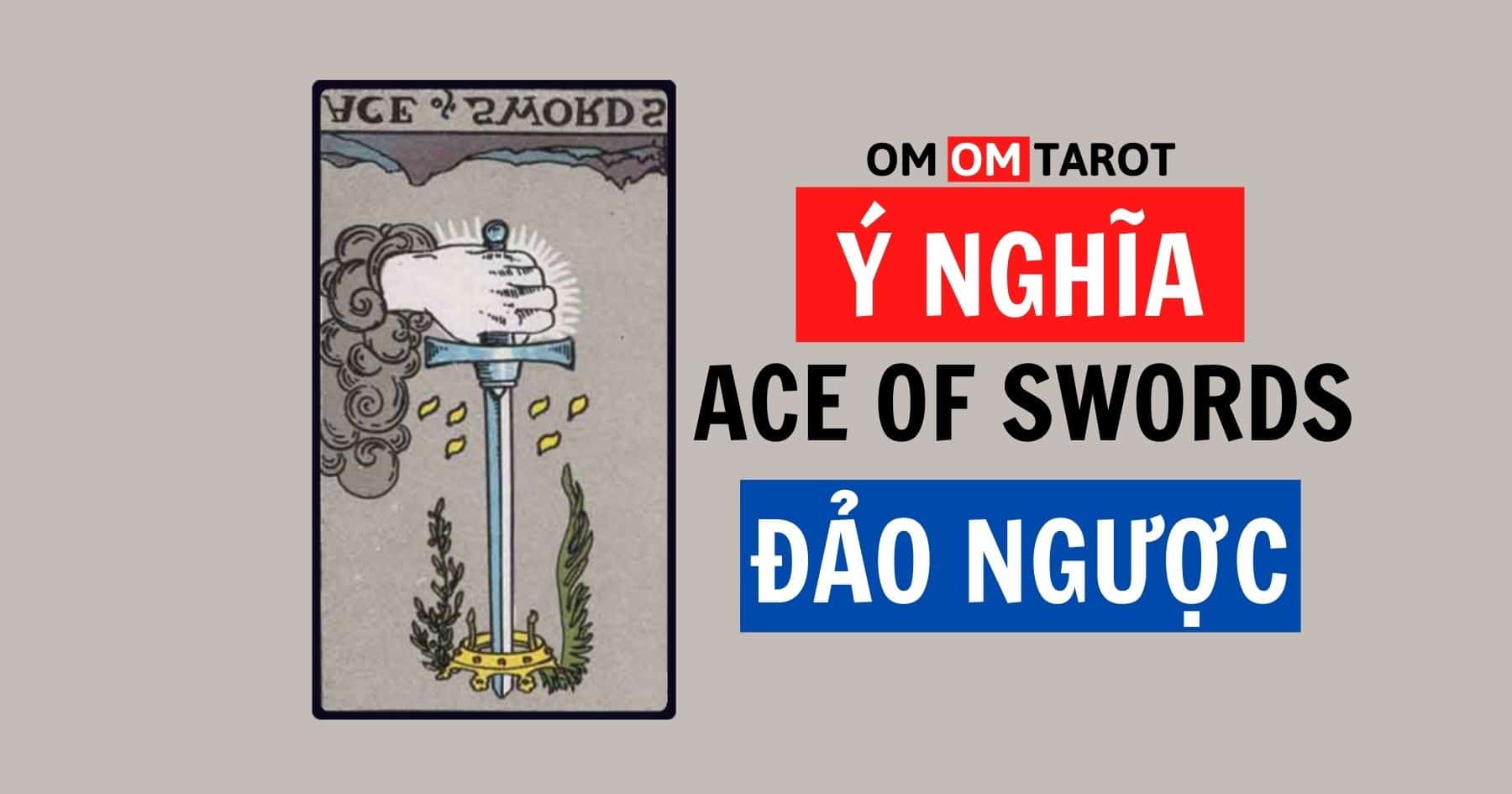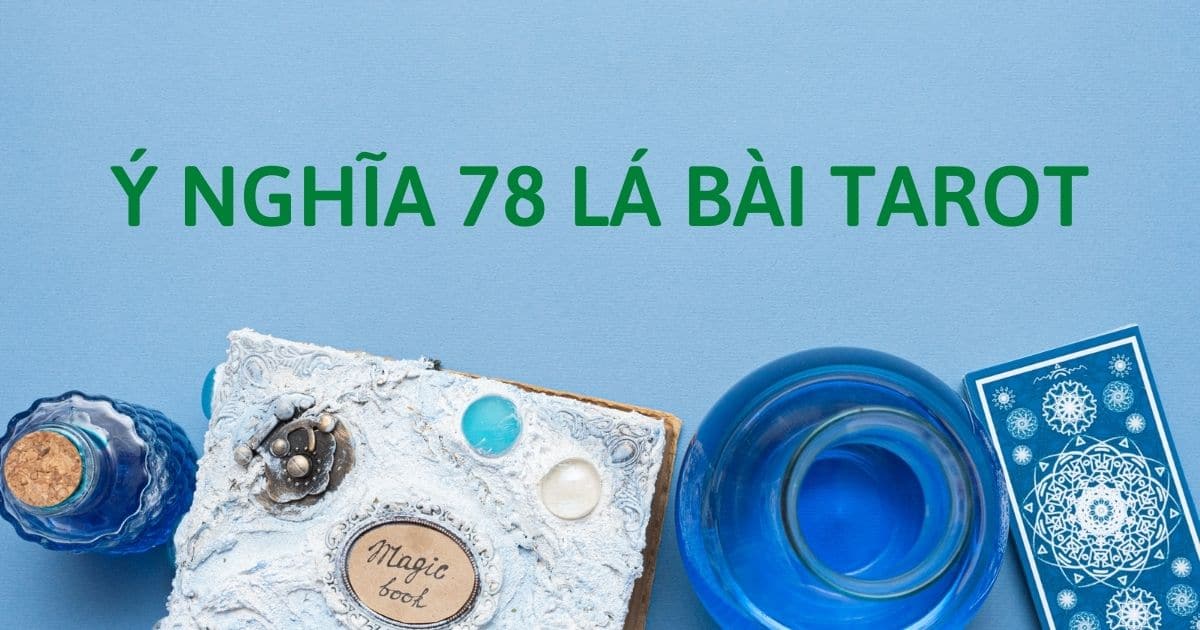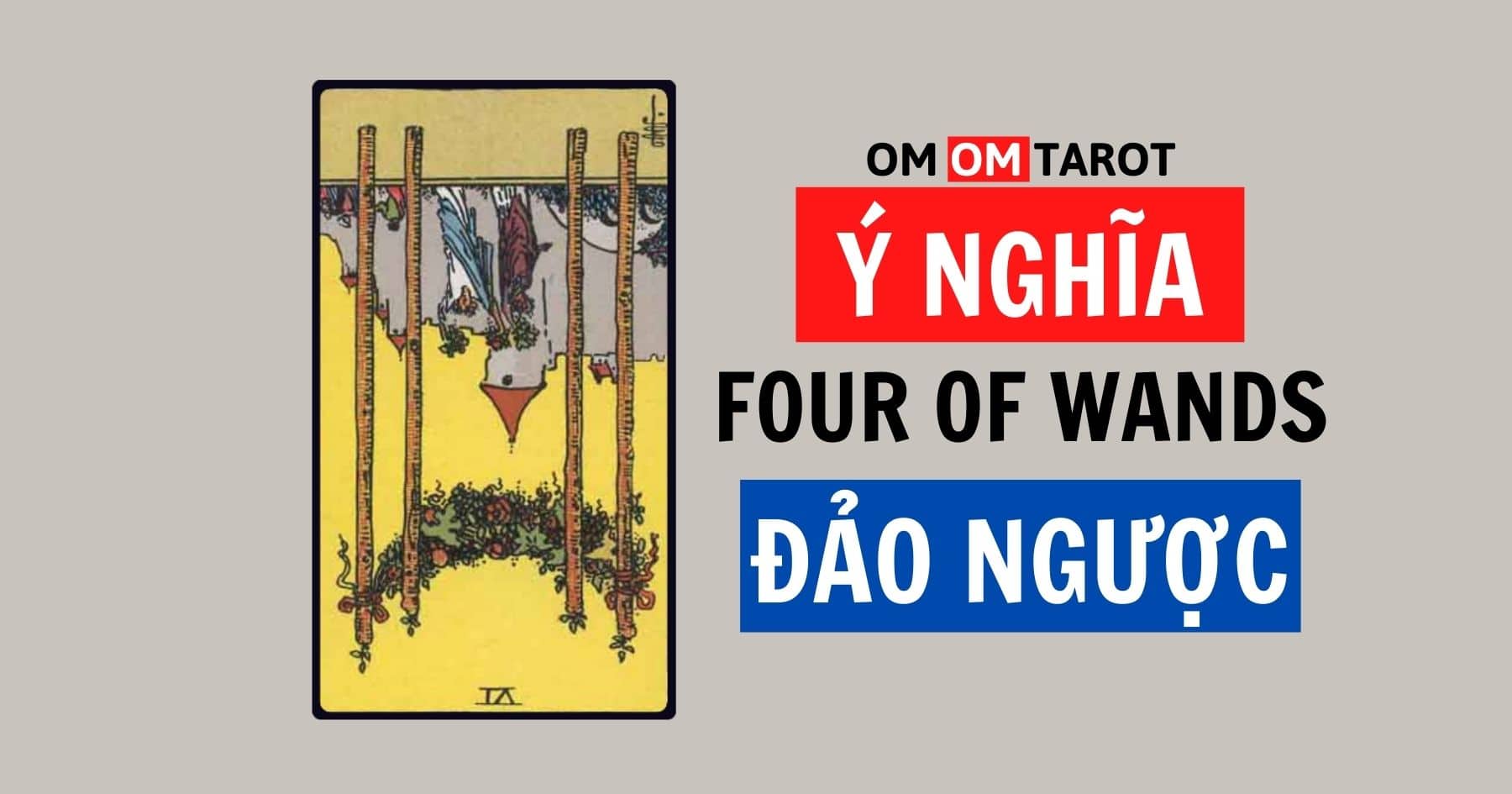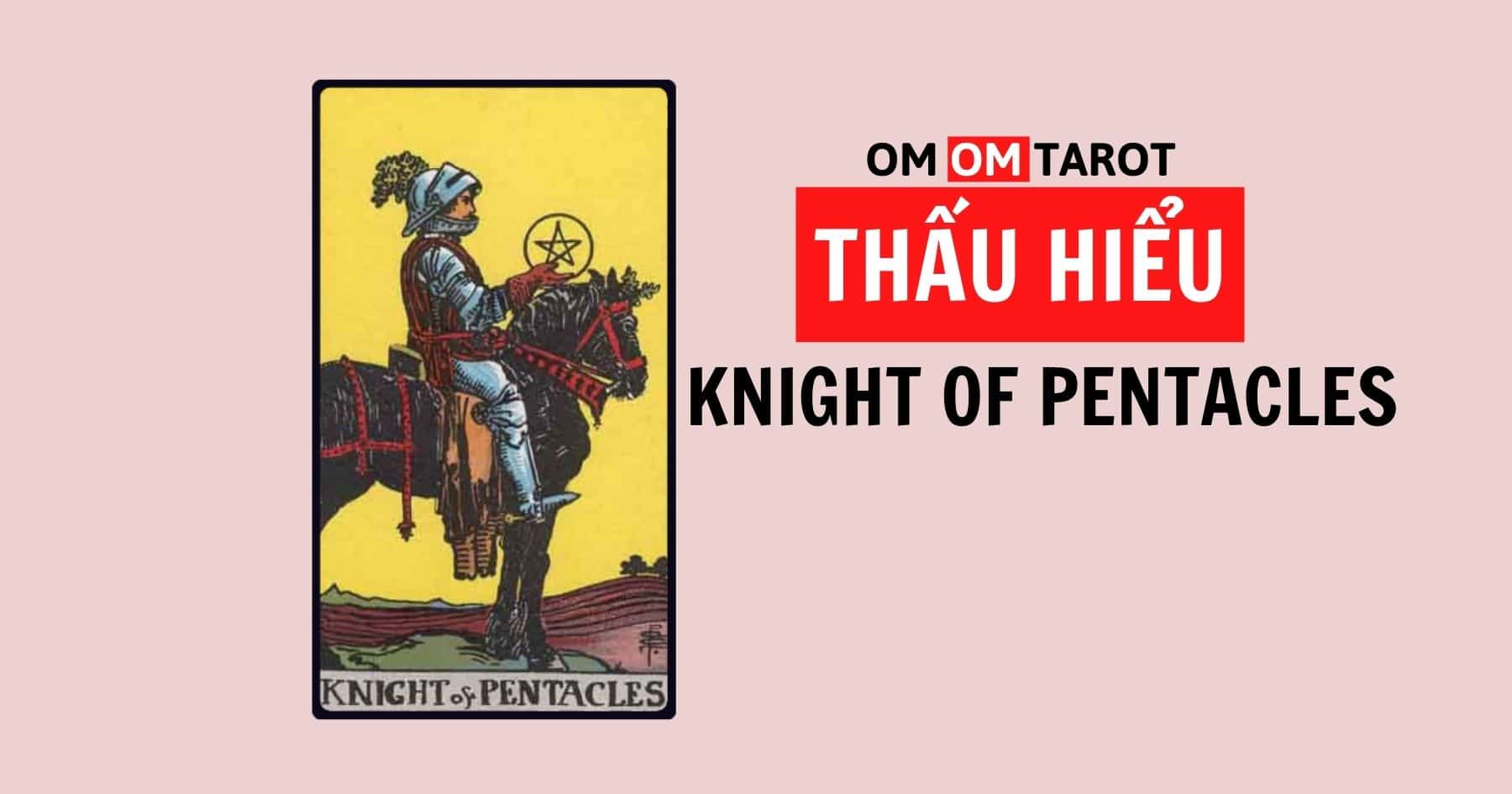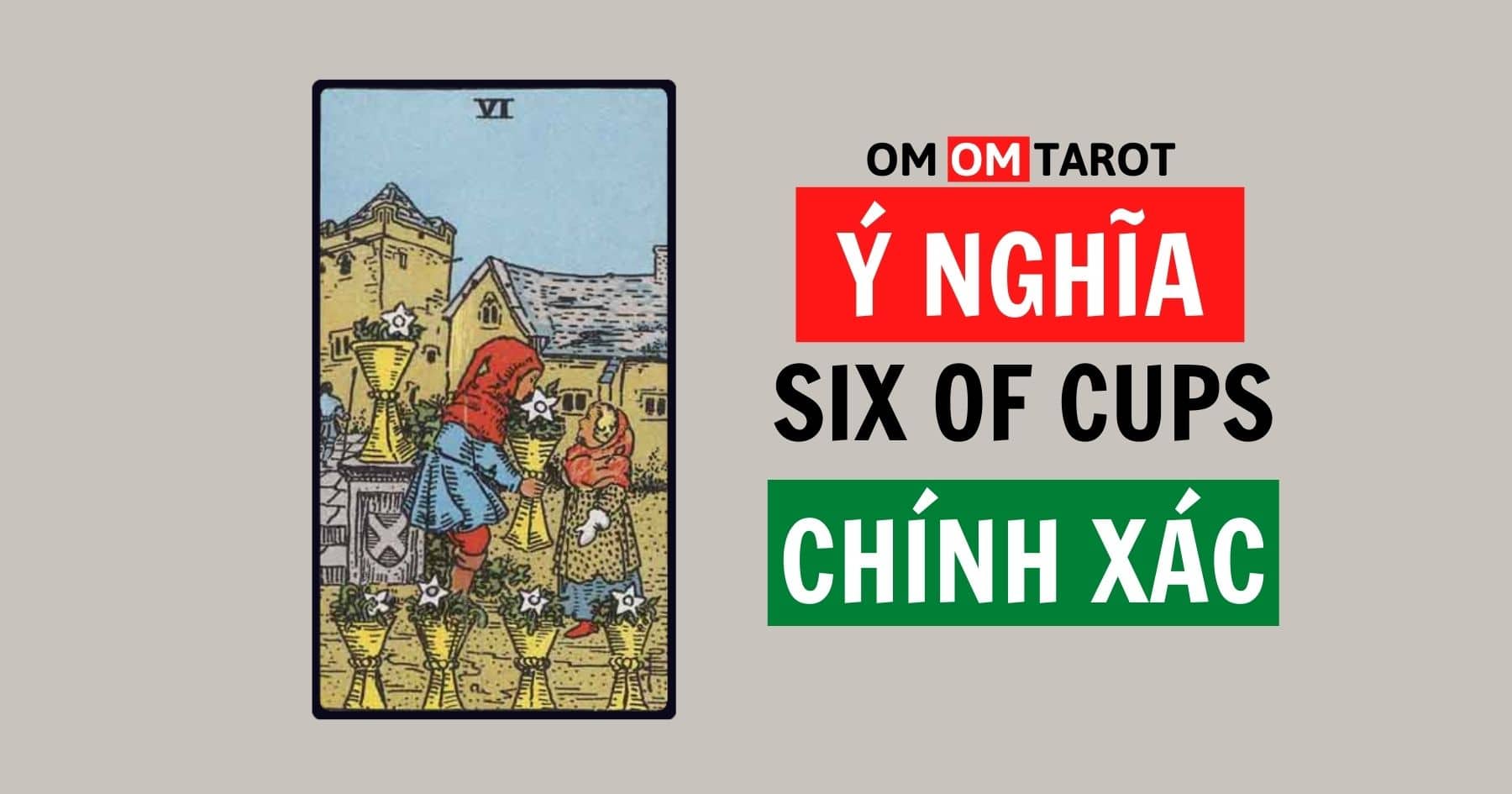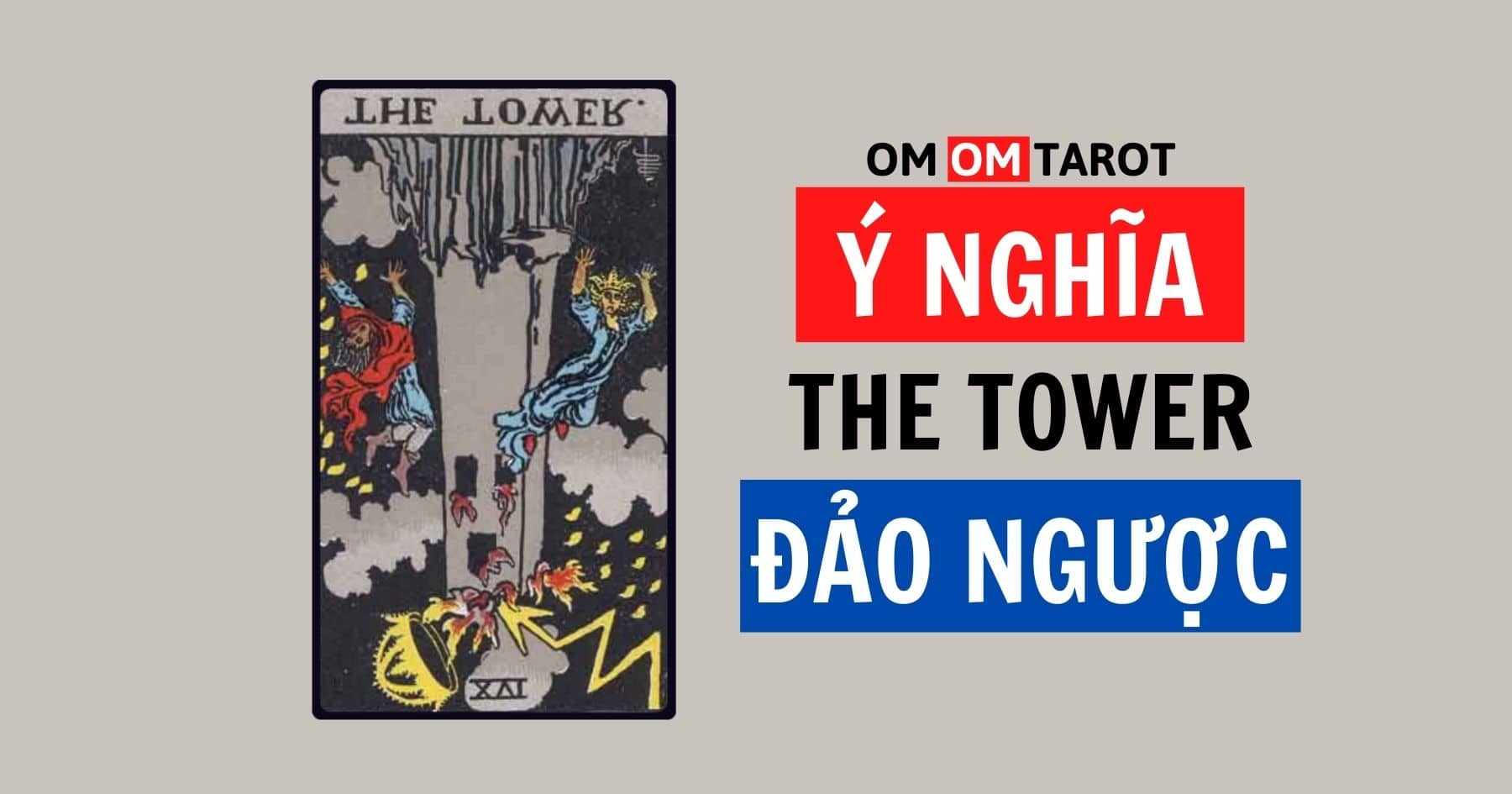Healing Emotional Trauma Through Tarot: A Journey of Self-Discovery
This content examines how tarot can serve as a powerful tool for addressing emotional trauma. It explores practical approaches to using tarot readings and symbolism to gain insight into past wounds and current emotional states. The process is presented as a journey of self-discovery, utilizing the tarot to facilitate healing and personal transformation. This approach aims to guide individuals towards understanding their inner world and fostering emotional recovery.
Section 1: Introduction: The Intersection of Tarot and Emotional Healing
Beyond its traditional association with fortune-telling, the tarot deck offers a rich tapestry of symbols and archetypes that can serve as profound tools for introspection and emotional exploration. This introduction delves into the fundamental premise that tarot, when approached with intention and self-awareness, can illuminate the hidden landscapes of our inner world, including the areas touched by emotional trauma. By providing a unique language and visual framework, tarot cards can help individuals externalize complex feelings and experiences, making them more accessible for understanding and processing. This section sets the stage for exploring how engaging with the tarot can initiate a journey of self-discovery, paving the way for acknowledging, integrating, and ultimately moving through past wounds towards healing and personal growth.

Section 2: Understanding Emotional Trauma and the Role of Self-Discovery
Emotional trauma refers to the emotional response to a distressing event or series of events that overwhelms an individual’s ability to cope. It isn’t always caused by major incidents; cumulative smaller experiences can also leave lasting wounds, often stored within the body and subconscious mind. These unaddressed wounds can manifest as anxiety, fear, difficulty forming connections, or a general sense of being stuck. Self-discovery, in this context, is the brave process of turning inward to explore these buried feelings and patterns. It involves acknowledging the impact of past experiences and understanding how they shape present reactions. This journey of awareness is a fundamental step, illuminating the path toward processing and ultimately healing these emotional scars, laying the groundwork for transformative change.

Section 3: Tarot as a Mirror: Gaining Insight into Emotional Wounds
Building upon the understanding of emotional trauma, this section explores how tarot serves as a powerful mirror reflecting our inner landscape. When we engage with tarot cards, they don’t predict the future but rather offer symbolic representations of our current emotional state, subconscious patterns, and unresolved past experiences. The archetypes and imagery on the cards can resonate deeply with our own hidden wounds or defense mechanisms, bringing these aspects to conscious awareness. This reflection, seen through the lens of the tarot’s visual language, provides a non-threatening way to acknowledge and begin to understand the roots of our emotional pain, illuminating paths towards healing and self-awareness.
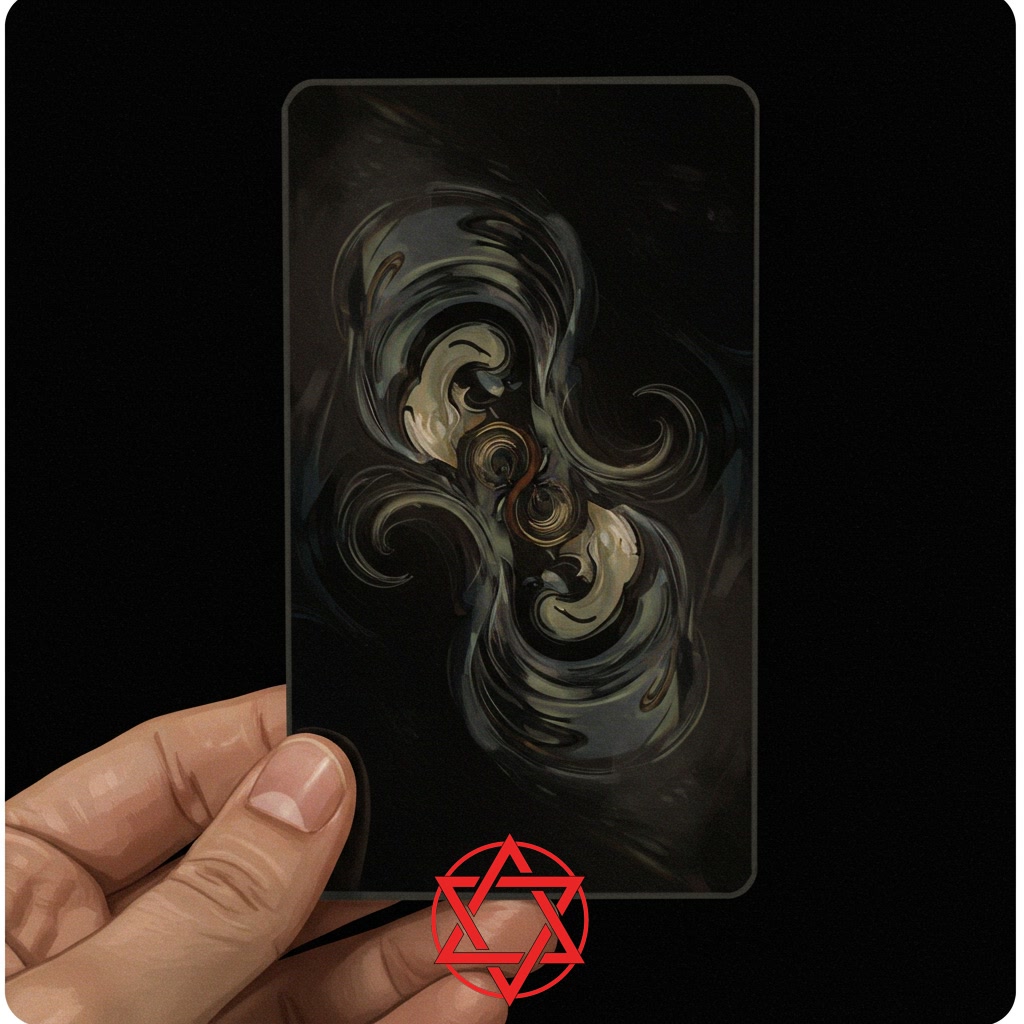
Section 4: Practical Approaches: Using Tarot Spreads for Trauma Processing
Building upon the understanding of emotional trauma, this section explores how tarot serves as a powerful mirror reflecting our inner landscape. When we engage with tarot cards, they don’t predict the future in a fixed sense, but rather illuminate the energies, patterns, and subconscious narratives currently at play within us. Utilizing specific tarot spreads offers a structured way to delve into the complexities of trauma. A spread acts as a framework, allowing us to examine different facets of an emotional wound – its origins, its current manifestation, the emotions it triggers, and potential paths towards healing. By assigning specific questions or themes to card positions within a spread, we can gain clarity, identify core issues, and begin to integrate painful experiences into our understanding of self, fostering a sense of agency and promoting emotional release.
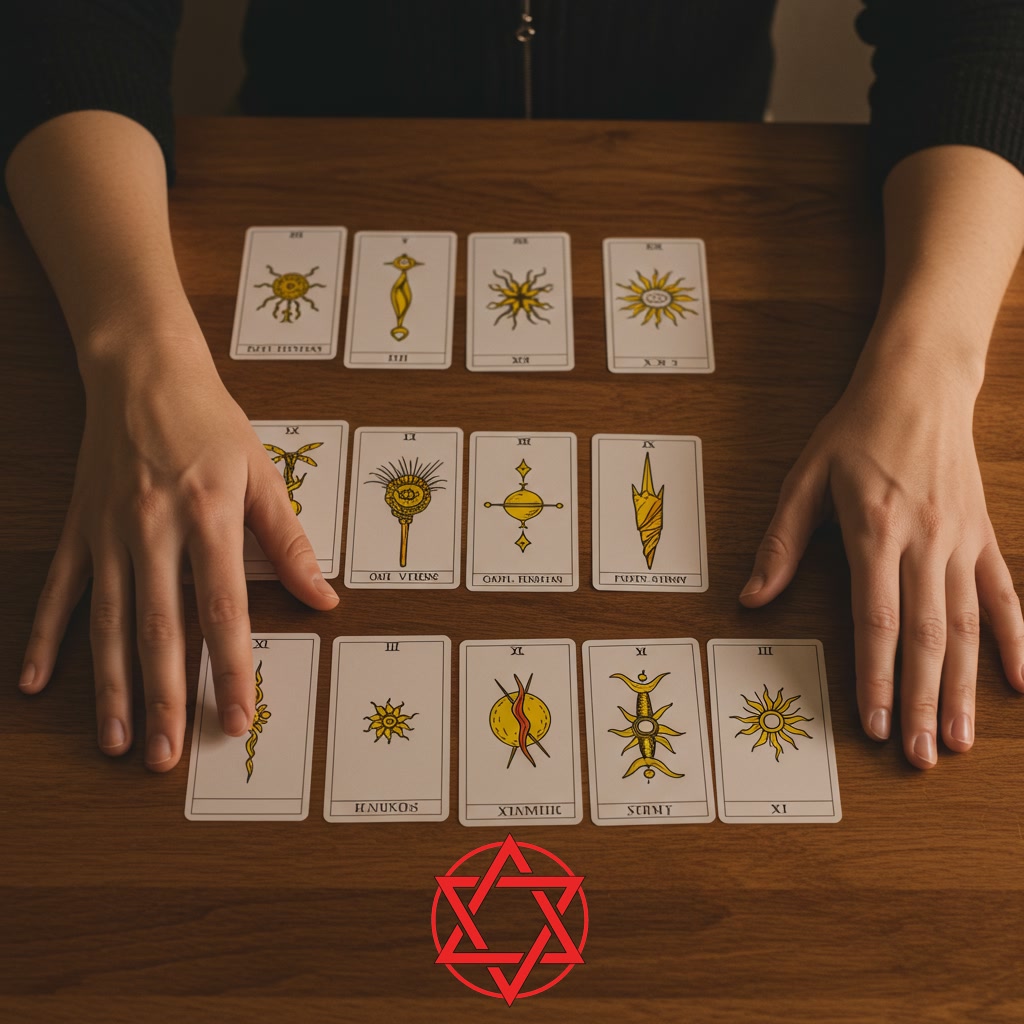
Section 5: Navigating the Journey: Tarot as a Guide for Growth and Integration
Building on the idea of tarot as a mirror reflecting our inner landscape, this section delves into how the cards actively guide us through the process of growth and integration following emotional trauma. Beyond simply showing us what is, tarot provides a framework for understanding challenges, identifying resources, and exploring potential paths forward. It helps us integrate the insights gained from examining our past wounds and current emotional patterns into a cohesive narrative. This navigation isn’t about prediction, but about illuminating the choices and internal shifts necessary for healing. By engaging with the symbolism, we can see our journey not as a fixed destination, but as an ongoing process of becoming, where the tarot serves as a compassionate companion, offering perspectives that facilitate emotional recovery and personal transformation.

Section 6: Conclusion: Embracing Healing and Continued Self-Awareness with Tarot
Concluding this exploration, we embrace the understanding that healing from emotional trauma is a continuous journey, not a destination. Tarot serves as a steadfast companion in this ongoing process, offering a consistent mirror for self-reflection and growth. By regularly engaging with the cards, we reinforce the insights gained about our past wounds and present emotional landscape, fostering deeper self-awareness. This practice allows us to integrate past experiences into our present identity with compassion and strength. The tarot empowers us to navigate future challenges with resilience, continually refining our understanding of ourselves and maintaining emotional well-being. It is a tool for perpetual self-discovery and the sustained embrace of a healed and aware self.



